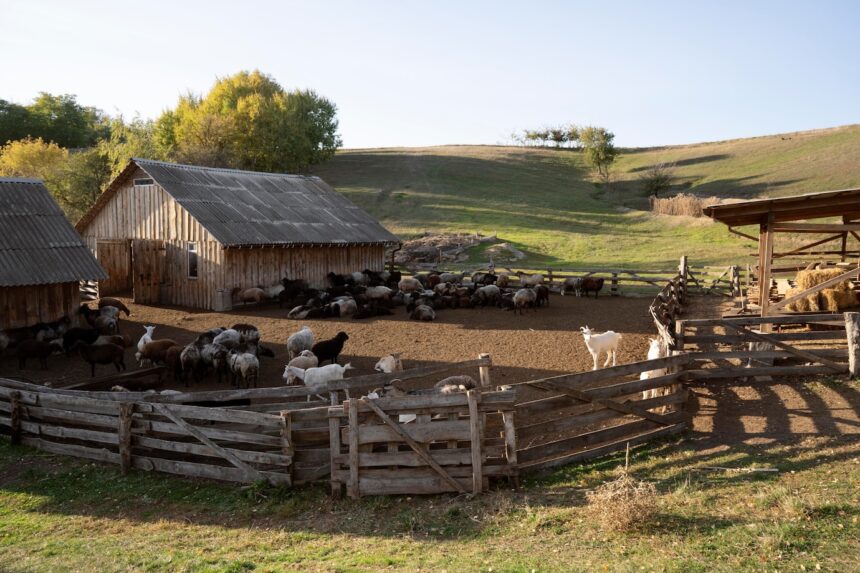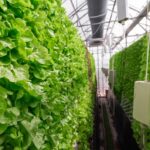Sustainable livestock housing refers to the design and management of animal shelters in a way that promotes the well-being, comfort, and health of the animals while minimizing the environmental impact. It involves incorporating practices and technologies that optimize resource efficiency, reduce waste, and enhance animal welfare. Here are some key aspects and strategies associated with sustainable livestock housing:
- Adequate Space and Ventilation: Providing animals with sufficient space and proper ventilation is crucial for their well-being. Overcrowding can lead to stress, disease transmission, and reduced productivity. Well-designed housing should ensure adequate space per animal and proper airflow to maintain good air quality.
- Natural Lighting: Access to natural light has numerous benefits for animals, including improved productivity, better immune function, and enhanced well-being. Designing livestock housing with ample windows, skylights, or light tubes can reduce the dependence on artificial lighting during daylight hours.
- Temperature Regulation: Maintaining a comfortable temperature range within livestock housing is essential. Proper insulation, ventilation systems, and shading can help regulate temperature, reducing the risk of heat stress or hypothermia for animals.
- Waste Management: Effective waste management systems are essential to minimize environmental pollution and maintain animal health. Technologies such as anaerobic digestion or composting can help convert manure into biogas or nutrient-rich compost, respectively, reducing the environmental impact and providing potential energy or fertilizer sources.
- Water Conservation: Livestock production requires significant amounts of water, so implementing water-saving measures is crucial. This can include using efficient watering systems, recycling and treating water, and implementing rainwater harvesting techniques to reduce reliance on freshwater sources.
- Alternative Energy Sources: Incorporating renewable energy sources can help reduce the carbon footprint of livestock housing. Solar panels, wind turbines, or biomass energy systems can generate clean energy to power lighting, heating, or ventilation systems.
- Sustainable Building Materials: Opting for eco-friendly building materials, such as recycled or locally sourced materials, can reduce the environmental impact associated with construction. Materials with low volatile organic compounds (VOCs) can improve indoor air quality for both animals and workers.
- Comfortable Flooring and Rest Areas: Providing animals with comfortable flooring, such as rubber mats or bedding, reduces the risk of injuries and improves their overall well-being. Creating designated rest areas, separate from feeding and waste areas, allows animals to rest undisturbed.
- Animal Behavior Considerations: Understanding and accommodating the natural behavior of the specific animal species is vital. Designing housing that allows for social interaction, natural movement, and access to grazing or foraging areas can significantly enhance animal welfare.
- Monitoring and Automation: Utilizing monitoring systems and automation technology can optimize resource usage and detect potential issues early on. Automated feeding systems, environmental sensors, and data analysis can help manage energy consumption, feed efficiency, and animal health.
By implementing sustainable practices in livestock housing, farmers can improve animal welfare, reduce environmental impacts, and potentially enhance productivity and profitability. It’s important to consider the specific needs and requirements of different livestock species and adapt housing designs accordingly. Additionally, ongoing research and advancements in sustainable livestock housing continue to contribute to the development of innovative solutions in this field.
Join 'Farmers Mag' WhatsApp Channel
Get the latest Farming news and tips delivered straight to your WhatsApp
CLICK HERE TO JOIN






